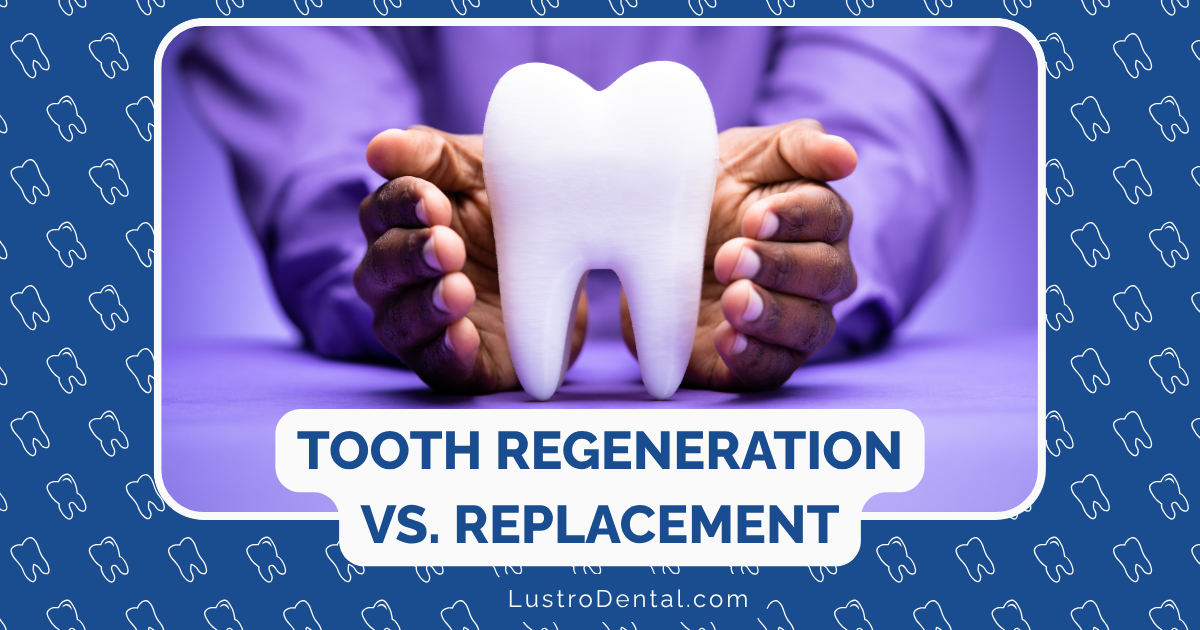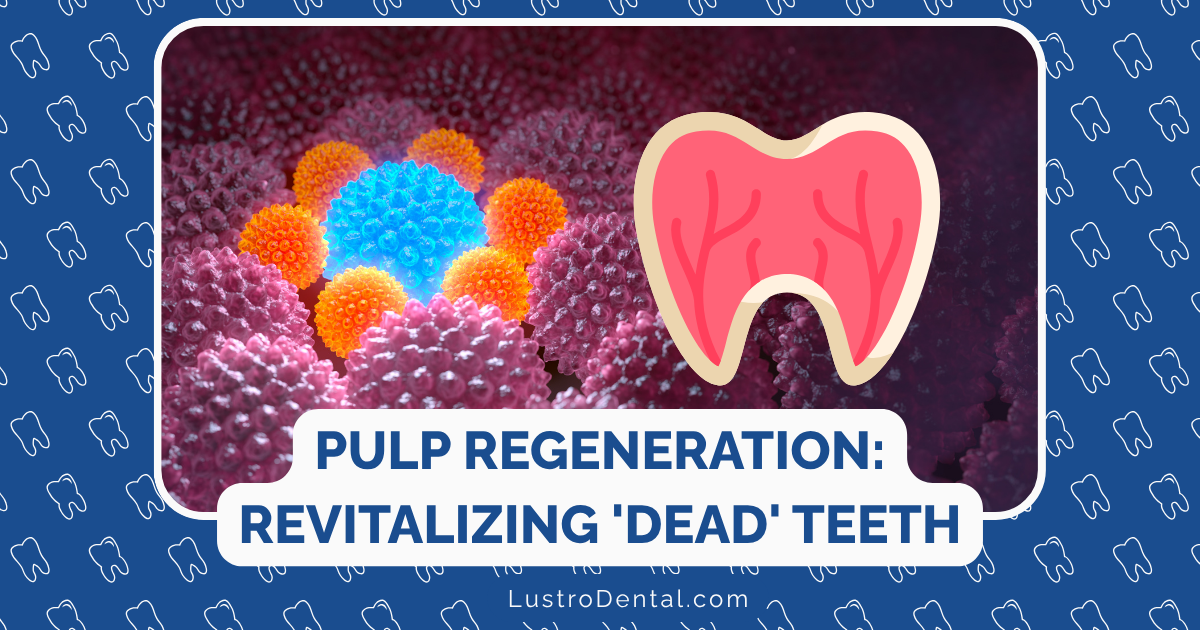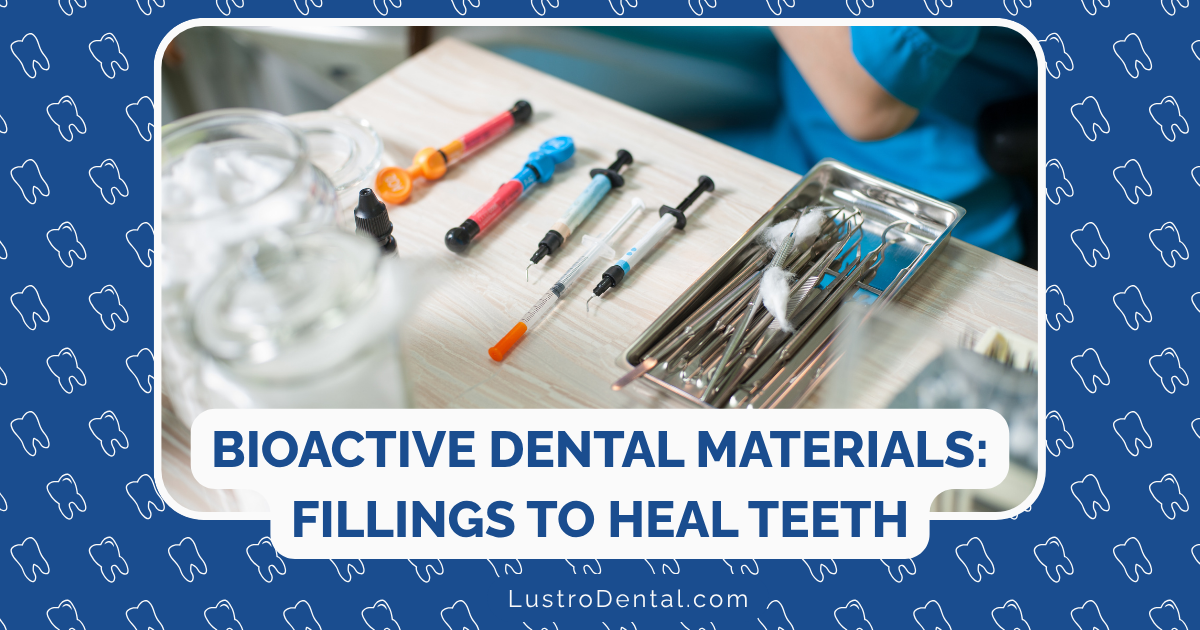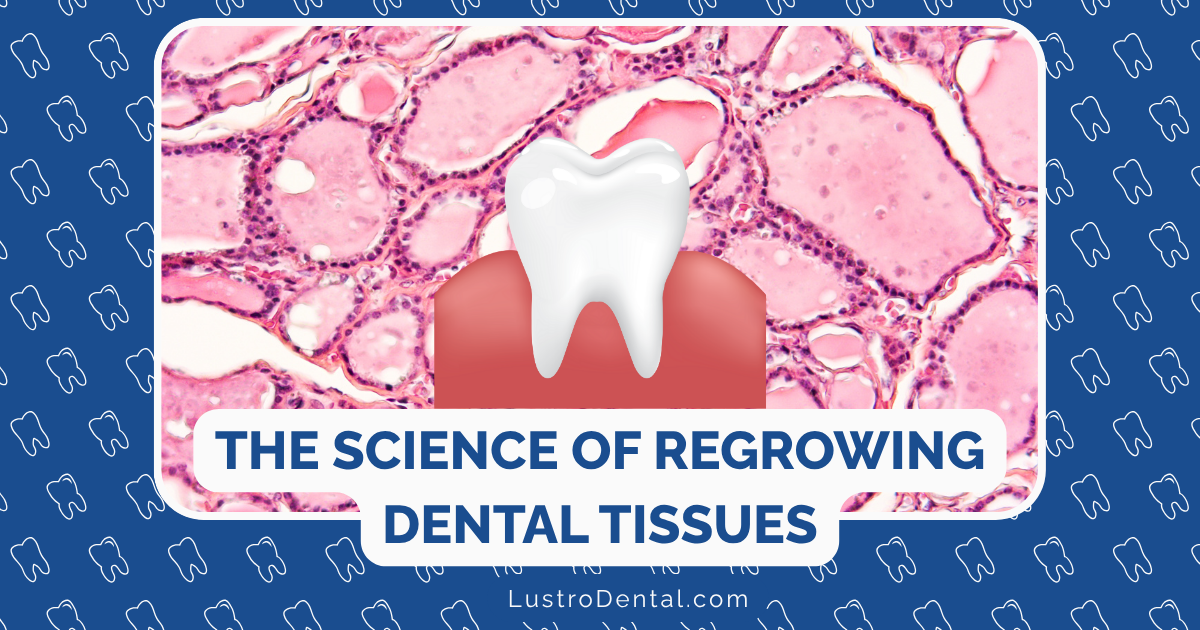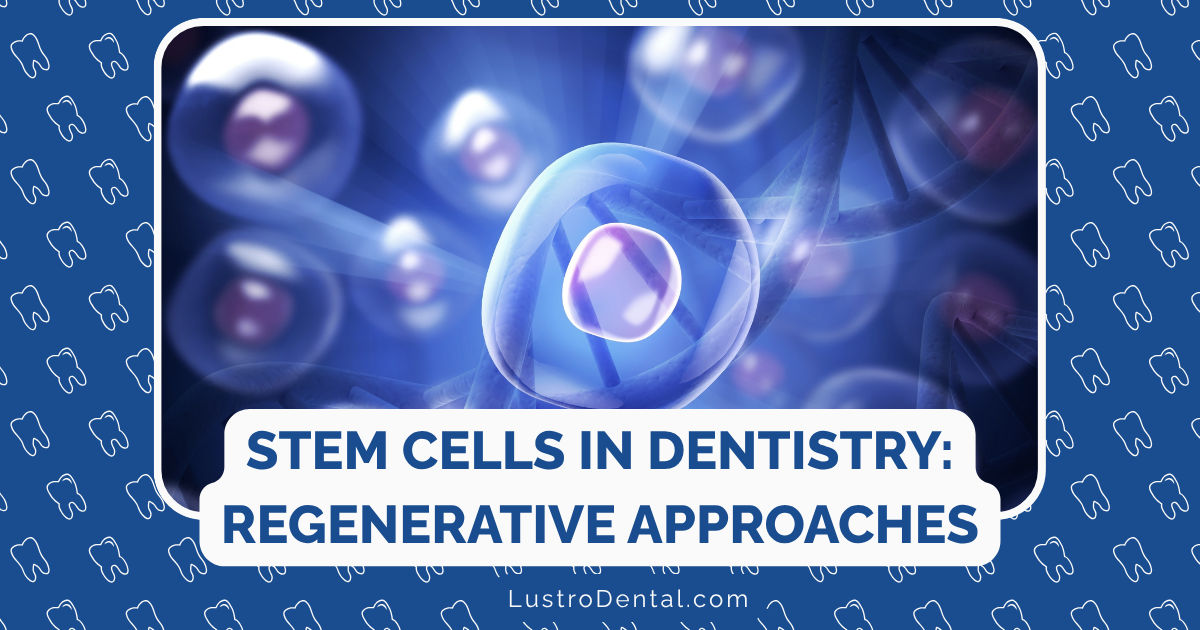Sustainable Dentistry: How 3D Printing Reduces Waste in Dental Procedures
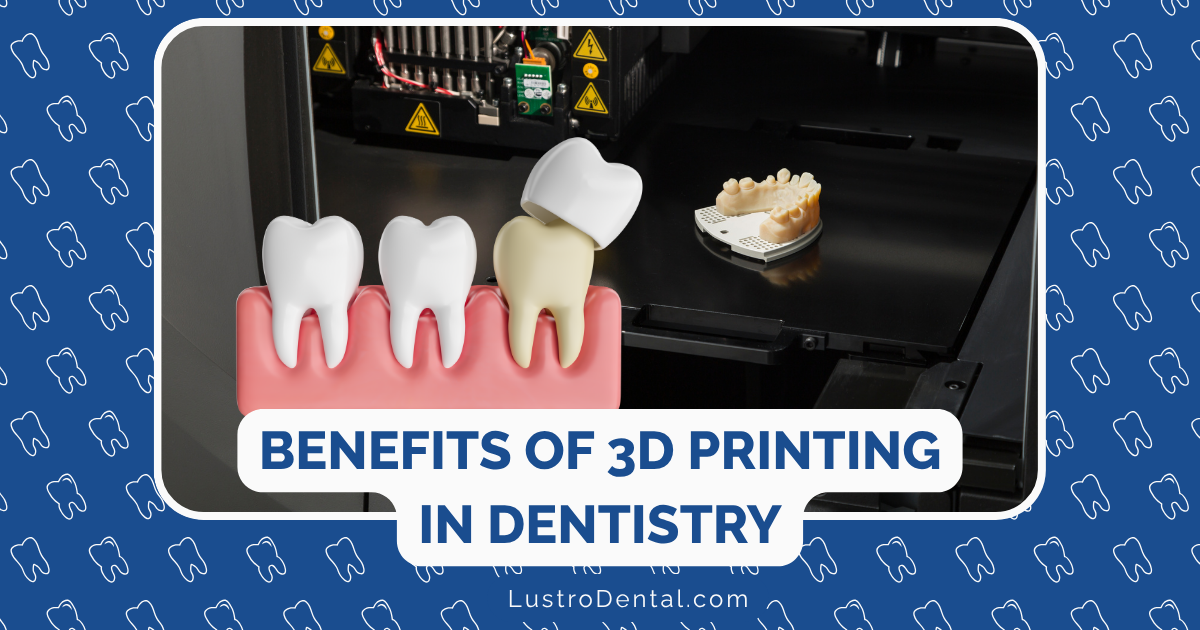
When you think about environmental sustainability, dentistry might not be the first industry that comes to mind. Yet, dental practices traditionally generate significant waste—from impression materials and stone models to packaging and single-use items. The good news? Modern technology is changing this narrative, with 3D printing leading the charge toward more eco-friendly dental care.
The Environmental Impact of Traditional Dental Procedures
Before diving into solutions, let’s acknowledge the problem. The dental industry has historically been resource-intensive. According to the Eco-Dentistry Association, a typical dental practice can produce substantial waste, including:
- Disposable barriers and personal protective equipment
- Chemical waste from processing traditional X-rays
- Excess impression materials that cannot be reused
- Gypsum from creating stone models
- Metal scraps from traditional manufacturing methods
Much of this waste ends up in landfills, contributing to our growing environmental crisis. But there’s hope on the horizon.
How 3D Printing Is Transforming Dental Sustainability
Digital Workflow: The Foundation of Waste Reduction
The sustainability journey begins with the shift from physical to digital impressions. Instead of using traditional impression materials that often require multiple attempts and generate waste, intraoral scanners capture precise digital images of a patient’s mouth.
These digital files can be modified, shared, and stored without consuming physical resources. No more pouring stone models that might need to be remade if they’re not perfect—just clean, efficient digital data.
Material Efficiency: Using Only What’s Needed
Traditional manufacturing methods are subtractive—they start with a block of material and cut away excess until the desired shape remains. This approach inherently creates waste.
3D printing, by contrast, is additive. It builds objects layer by layer, using only the material necessary for the final product. Research from the Journal of Cleaner Production suggests that additive manufacturing can reduce material waste by up to 90% compared to traditional methods.
For dental applications like crowns, bridges, and surgical guides, this efficiency translates to:
- Less raw material consumption
- Reduced energy usage during production
- Fewer transportation emissions (as products can be manufactured on-site)
Longer-Lasting, More Precise Results
Sustainability isn’t just about reducing immediate waste—it’s also about creating solutions that last. 3D printing’s precision contributes to sustainability in several ways:
- Better-fitting prosthetics and appliances that require fewer adjustments and replacements
- More accurate surgical guides that lead to more successful procedures and fewer complications
- Customized solutions that address individual patient needs, reducing the likelihood of treatment failure
Dr. Sarah Johnson, a sustainable dentistry advocate, notes: “When we create dental appliances that fit perfectly the first time, we’re not just saving the patient time and discomfort—we’re also eliminating the waste associated with remakes and adjustments.”
Real-World Applications: 3D Printing in Action
Clear Aligners: A Case Study in Waste Reduction
The clear aligner industry demonstrates the environmental benefits of 3D printing beautifully. Traditional orthodontic treatment involves metal brackets, wires, bands, and numerous in-office adjustments.
Clear aligner therapy, powered by 3D printing, works differently:
- A digital scan captures the patient’s current tooth position
- Software plans the tooth movement
- 3D printers create precise models for each stage of treatment
- Aligners are thermoformed over these models
The American Journal of Orthodontics and Dentofacial Orthopedics reports that this process generates significantly less waste than conventional orthodontics while often requiring fewer office visits—reducing the carbon footprint associated with patient travel.
Surgical Guides: Precision That Prevents Complications
Dental implant placement has been revolutionized by 3D-printed surgical guides. These custom templates ensure implants are placed at the exact angle and depth planned digitally.
The environmental benefits include:
- Reduced risk of implant failure requiring replacement
- Fewer complications necessitating additional procedures
- More efficient surgeries that use less anesthesia and other resources
Digital Dentures: Streamlining Prosthetic Production
Traditional denture fabrication involves multiple appointments, physical impressions, wax try-ins, and significant material waste. The 3D printing workflow streamlines this process:
- Digital impressions capture the necessary oral structures
- Virtual design creates the perfect fit
- 3D printing produces the denture base and sometimes even the teeth
This approach not only reduces waste but can also extend the life of the prosthetic through better fit and function.
The Future of Sustainable Dentistry
The intersection of 3D printing and dental care continues to evolve. Emerging technologies promise even greater sustainability benefits:
- Biodegradable printing materials derived from renewable resources
- Closed-loop recycling systems for dental printing materials
- AI-optimized designs that use minimal material while maximizing strength
- Multi-material printers that can create complete dental devices in a single process
Making the Switch: Considerations for Dental Practices
For dental professionals considering the move toward 3D printing, several factors come into play:
- Initial investment: While 3D printers represent an upfront cost, the long-term savings in materials and efficiency often justify the expense.
- Training needs: Staff require training to operate the new technology effectively.
- Material selection: Not all 3D printing materials are created equal—research biocompatible options with minimal environmental impact.
- Patient education: Inform patients about how your sustainable practices benefit both their health and the planet.
Conclusion: A Greener Smile for a Greener Planet
The dental industry’s adoption of 3D printing technology represents more than just a technological advancement—it’s a significant step toward environmental responsibility. By reducing material waste, increasing efficiency, and creating longer-lasting dental solutions, 3D printing is helping dental professionals align their practices with broader sustainability goals.
As patients, we can support this shift by seeking out dental providers who embrace these eco-friendly technologies. After all, a healthy smile shouldn’t come at the expense of a healthy planet.
Have you experienced 3D printing technology in your dental care? Share your thoughts in the comments below!


